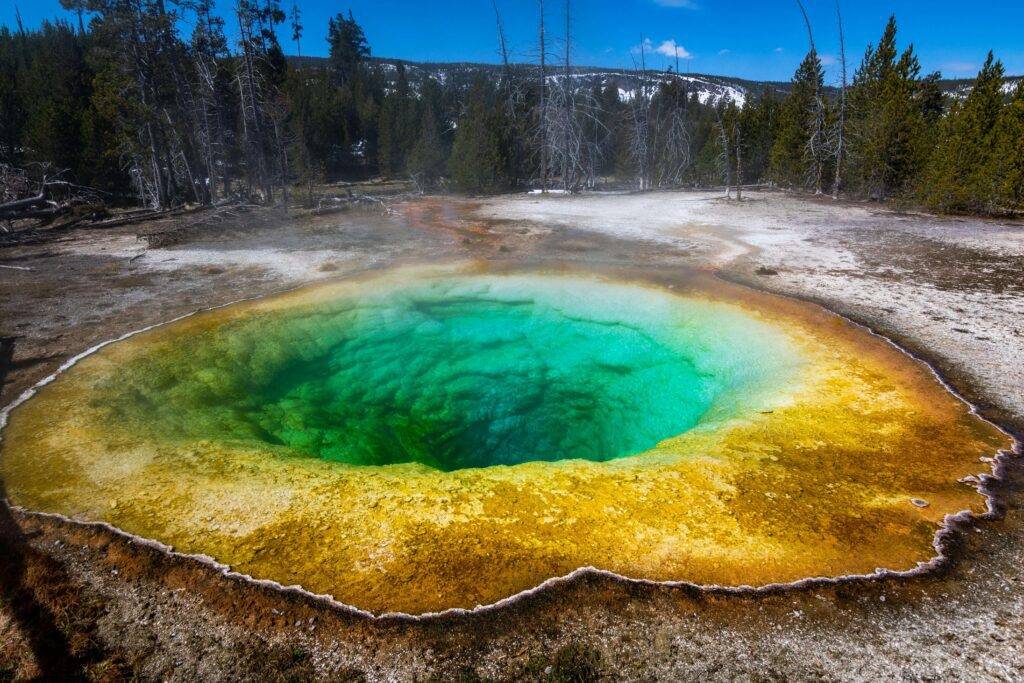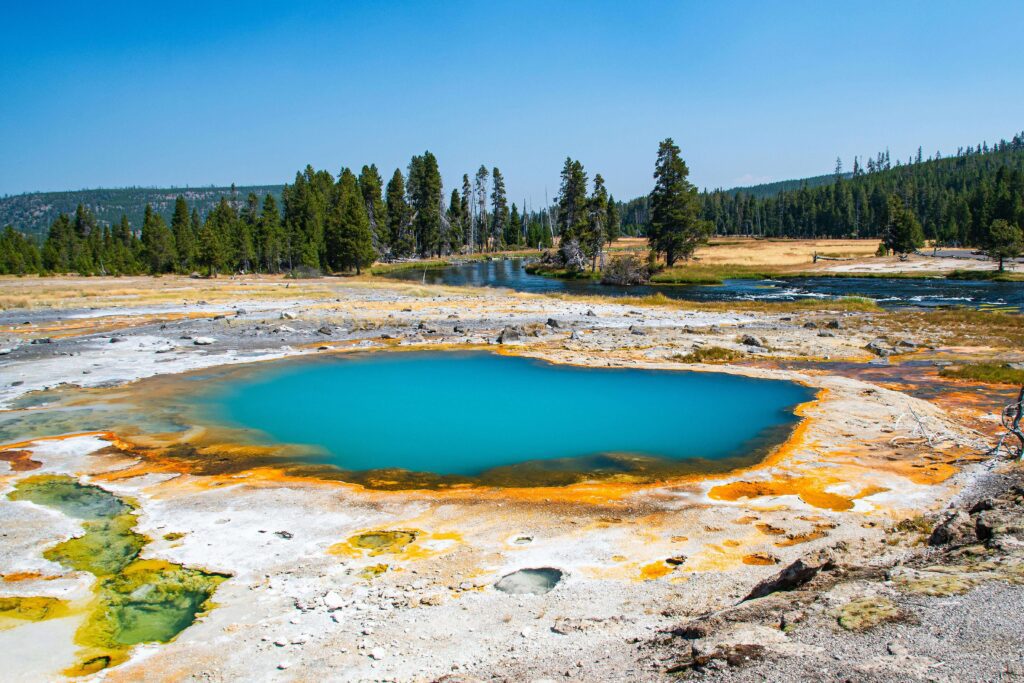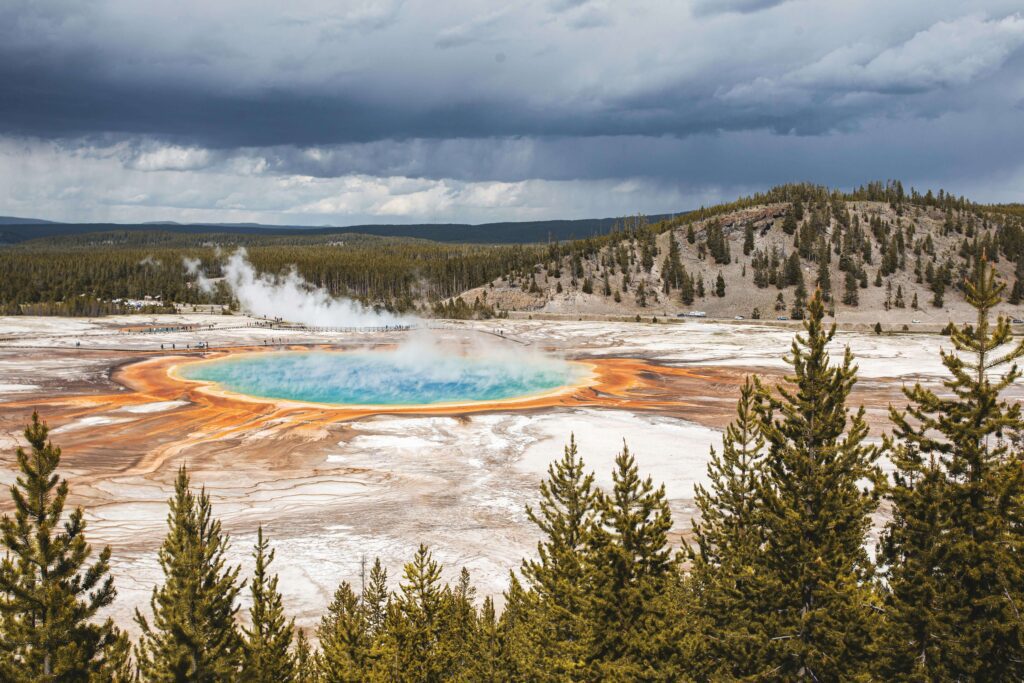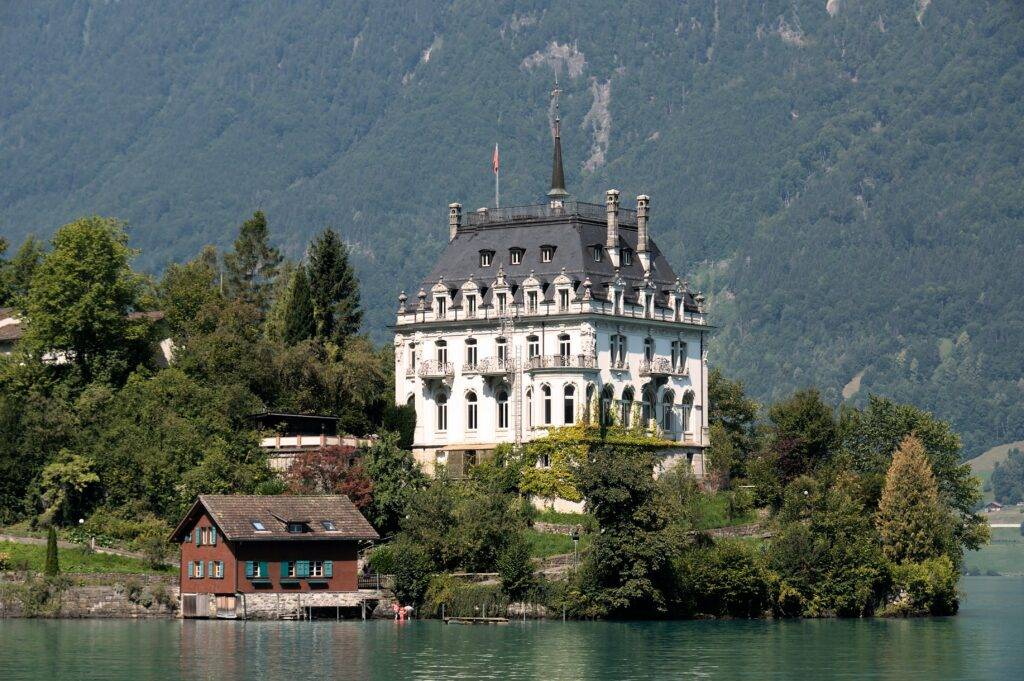
Yellowstone National Park Weather
Yellowstone National Park, located primarily in the U.S. state of Wyoming, is a treasure trove of natural wonders. Renowned for its geothermal features, diverse wildlife, and breathtaking landscapes, Yellowstone is a must-visit destination for nature enthusiasts. One crucial aspect that every visitor should be well-acquainted with is the Yellowstone National Park weather. In this guide, we’ll delve into the intricacies of the park’s climate, share captivating stories, highlight key facilities, and provide essential information to ensure a memorable visit.
Understanding Yellowstone National Park Weather:
Yellowstone’s weather is characterized by its unpredictability, owing to its high elevation and diverse topography. The park experiences four distinct seasons: winter, spring, summer, and fall. Each season offers a unique experience, but visitors should be prepared for sudden changes in weather.
1. Winter Wonderland:
Yellowstone transforms into a winter wonderland with pristine snow-covered landscapes during the colder months. From December to February, temperatures can drop significantly, often below freezing. The park’s geothermal features, like the iconic Old Faithful geyser, create spectacular scenes as steam rises against the snowy backdrop. Winter activities, such as cross-country skiing and snowmobiling, attract adventure seekers.
2. Blooms of Spring:
Spring, from March to May, marks the awakening of Yellowstone’s flora and fauna. As the snow begins to melt, wildflowers bloom, and newborn animals make their first appearances. However, unpredictable weather persists, and visitors should be prepared for rain and occasional snow showers. Hiking trails start to open up, offering stunning views of the rejuvenated landscape.
3. Summer Bliss:
Summer, from June to August, is the peak season for Yellowstone National Park. The weather is generally mild, with daytime temperatures ranging from 70 to 80 degrees Fahrenheit. This is the ideal time for exploring the park’s numerous trails, witnessing wildlife in their natural habitats, and enjoying the vibrant colors of the meadows. Campgrounds and visitor centers are bustling with activity, so early planning is advisable.
4. Autumn’s Radiance:
Fall, from September to November, brings a burst of color to Yellowstone as the foliage transforms into a rich tapestry of reds, yellows, and oranges. The weather starts to cool, and wildlife becomes more active in preparation for winter. Visitors can experience a serene atmosphere, with fewer crowds compared to the summer months. It’s a great time for photography and enjoying the crisp mountain air.

Yellowstone National Park Weather
Captivating Stories from Yellowstone:
Yellowstone National Park has a rich history and is home to captivating stories that add to its allure. One such tale is the re-introduction of wolves in 1995. The decision to bring back these apex predators had a profound impact on the park’s ecosystem, leading to a remarkable balance among the wildlife populations.
The Wolves’ Return:
Yellowstone had been without wolves for nearly 70 years, and their absence had disrupted the natural order. The reintroduction of gray wolves not only restored a missing link in the ecosystem but also had unexpected benefits. The elk population, which had grown unchecked, started to decline, allowing vegetation to regenerate. This, in turn, positively influenced the habitat of other species, showcasing the interconnectedness of Yellowstone’s delicate ecosystem.
Facilities and Visitor Services:
To enhance the Yellowstone experience, the park offers various facilities and services to visitors.
1. Visitor Centers:
Yellowstone has several visitor centers strategically located throughout the park, providing information, maps, exhibits, and educational programs. The Old Faithful Visitor Education Center, for instance, offers insights into the park’s geothermal features.
2. Accommodations:
Lodging options within the park range from rustic cabins to comfortable lodges. Booking accommodations well in advance is advisable, especially during peak seasons. Additionally, camping is a popular choice, with numerous campgrounds available for both tent and RV camping.
3. Trails and Hiking:
Yellowstone boasts a vast network of hiking trails suitable for all levels of hikers. Whether it’s a short stroll around a geyser basin or a challenging backcountry hike, the park caters to diverse interests. Visitors are encouraged to check trail conditions and be adequately prepared for the changing weather.
4. Interactive Maps:
To navigate the expansive park, interactive maps are available both online and at visitor centers. These maps provide essential information about points of interest, trailheads, and road closures, helping visitors plan their itinerary effectively.
Yellowstone National Park Photos




Yellowstone National Park Weather
Conclusion:
Yellowstone National Park, with its mesmerizing landscapes, unique geothermal features, and abundant wildlife, is a destination like no other. Understanding the Yellowstone National Park weather is crucial for a successful visit, allowing you to make the most of your time in this natural wonderland. Whether you’re captivated by the tales of wolf reintroduction, eager to explore the diverse trails, or simply enjoy the amenities provided, Yellowstone promises an unforgettable experience in every season. So, pack your bags, embrace the unpredictability of nature, and embark on a journey into the heart of Yellowstone.


